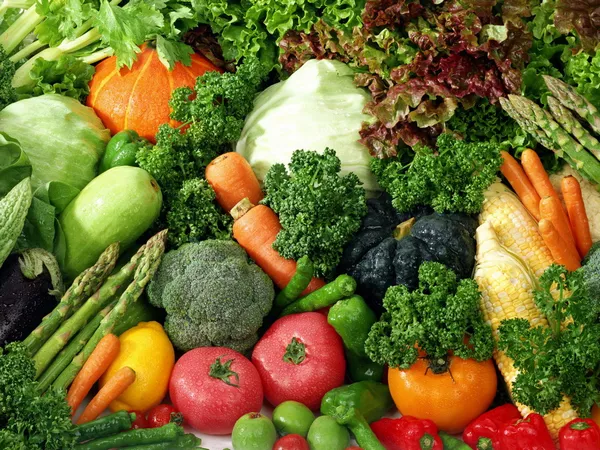Food safety advocates are celebrating the FDA’s decision to ban the use of Red No. 3, a synthetic food dye linked to cancer in animals, and they believe the transition away from this dye will be smooth. Red No. 3, which is commonly used to color candies, cereals, and beverages, will be prohibited starting in 2027.
Advocates, including groups like the Center for Science in the Public Interest (CSPI), argue that there’s no need to wait until 2027 to remove the dye from products. Many international food companies have already adjusted their recipes for markets where Red No. 3 is banned, including the European Union. These companies can quickly swap in alternative recipes for American consumers, making the transition easier than anticipated.
In 2023, California became the first state to ban Red No. 3, effective in 2027, a law that is expected to influence food manufacturers nationwide. According to Dr. Peter Lurie, president of CSPI, food companies have had ample time to find alternatives and are already on track to remove the dye from their products.
Red No. 3 has been a controversial ingredient for decades. Initially approved for use in food in 1907, it was banned from cosmetics in 1990 after studies linked it to cancer in rats. Despite this, the dye remained in food products until now, even as other regions, including the EU, prohibited it in 1994 (except for cocktail cherries).
California Assemblymember Jesse Gabriel, who introduced the state’s Red No. 3 ban, said that removing the dye won’t result in product shortages. Instead, it will require only minor recipe changes, many of which are already in place for international markets. “There are many safe and natural alternatives available,” Gabriel said, highlighting options like beet juice and pomegranate juice, which are commonly used abroad.
Vineet Dubey, an environmental attorney, explained that companies have traditionally used synthetic dyes like Red No. 3 because they are cheaper than natural alternatives. However, Gabriel noted that research showed that, in many cases, the natural ingredients are not only safer but also more affordable.
Food manufacturers are already responding to the change. Ferrara, the company behind Brach’s candy corn, began phasing out Red No. 3 in early 2023 and aims to eliminate the dye from all its products by 2026. Just Born, the maker of Peeps, also removed the dye from its products by last Easter.
Despite some pushback from the color additives industry, which claims that Red No. 3 is safe for consumption based on animal studies, the FDA’s position is clear. It cannot approve food additives found to cause cancer in either humans or animals. The agency’s ban on Red No. 3 is a significant win for consumer safety, with advocates calling it a long-overdue step forward in protecting public health.
While the FDA is not currently banning other artificial food dyes like Red 40, which has been linked to behavioral concerns in children, food safety groups are hopeful that the agency will continue to scrutinize other potentially harmful additives in the future.
Melanie Benesh from the Environmental Working Group praised the FDA’s decision, stating, “This is a big win for consumers, and it should be an easy transition for manufacturers.”
Read more:
- FDA Bans Red No. 3, Synthetic Dye Linked To Cancer In Animals
- 5 Simple Exercises To Boost Your Mental Health
- Study Reveals Risk Of Dementia May Double For Older Americans


